Summer is a busy time in DuPage County, but many of the area’s busiest residents are so small they almost go unnoticed, even though they’re performing one of the most important jobs on the planet.
Native insect pollinators — butterflies, moths, bees, wasps, hornets, beetles, flies — spend this time of year in backyard gardens, commercial landscapes and natural areas gathering pollen and eating nectar. As they fly from bloom to bloom, they move pollen within and between the flowers. It’s an unintended consequence but by no means an insignificant one: Over 80 percent of flowering plants cannot produce seeds and fruit without this pollen exchange. It’s as vital to them as the rain and sun.
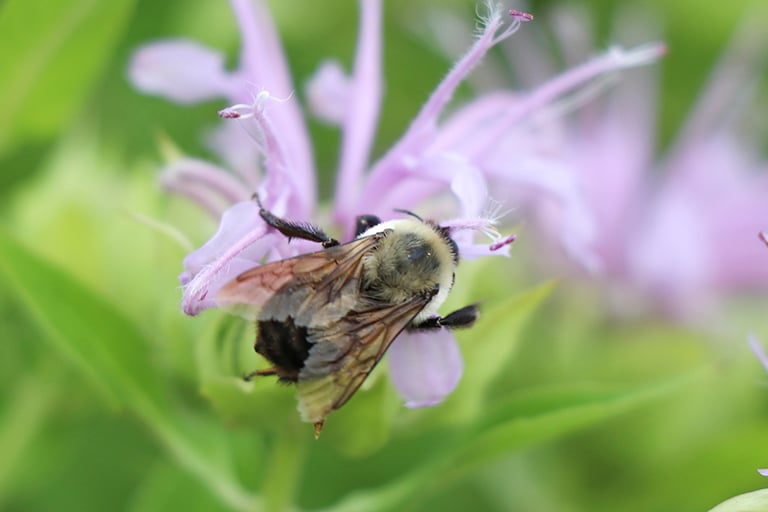
But everything isn’t sunny for native pollinators facing threats from habitat loss, invasive species and insecticides. The good news,though, is they have a strong ally: the Forest Preserve District of DuPage County, which is not only improving habitats so these insects have suitable places to live but also focusing on the needs of specific species.
For over 20 years the District has worked to counter the decline in local populations of monarch butterflies by planting milkweeds, a monarch caterpillar’s only source of food. For many years at nearly a dozen sites, crews have spread more than 50 different mixes of native seeds containing milkweeds.
![]()
Milkweed (Photo by Glenn Perricone)
Today, nine types of the plant grow on about 30 percent of the county’s nearly 26,000 acres of forest preserves, including at Willowbrook Wildlife Center in Glen Ellyn, where extensive efforts have created a nationally registered Monarch Waystation. The District helps residents create their own backyard havens by handing out 8,000 free packets of a special seed mix available each year at our six education centers: Danada Equestrian Center in Wheaton, Fullersburg Woods Nature Education Center in Oak Brook, Mayslake Peabody Estate in Oak Brook, Kline Creek Farm in West Chicago, St. James Farm in Warrenville and Willowbrook Wildife Center. Packets are also available at our Danada headquarters in Wheaton.
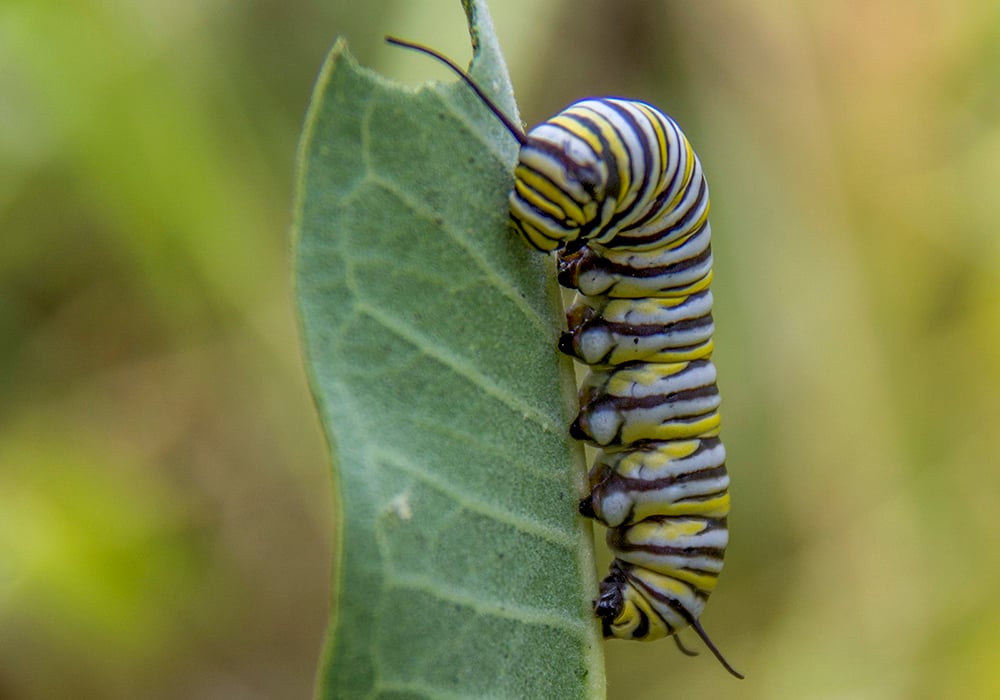
Monarch butterfly caterpillar
But more than monarchs are on the District’s radar. Since 2010 ecologists have been studying the county’s only known population of rare Baltimore checkerspot butterflies. They’ve planted the white-flowered turtlehead to provide more food for checkerspot caterpillars but are also capturing, marking and releasing individual butterflies to estimate the size of the checkerspot population. By using statistics to compare marked and unmarked males and females, they’re generating valuable demographic data they can use to determine if future breeding and reintroduction efforts might help stabilize the regional population.
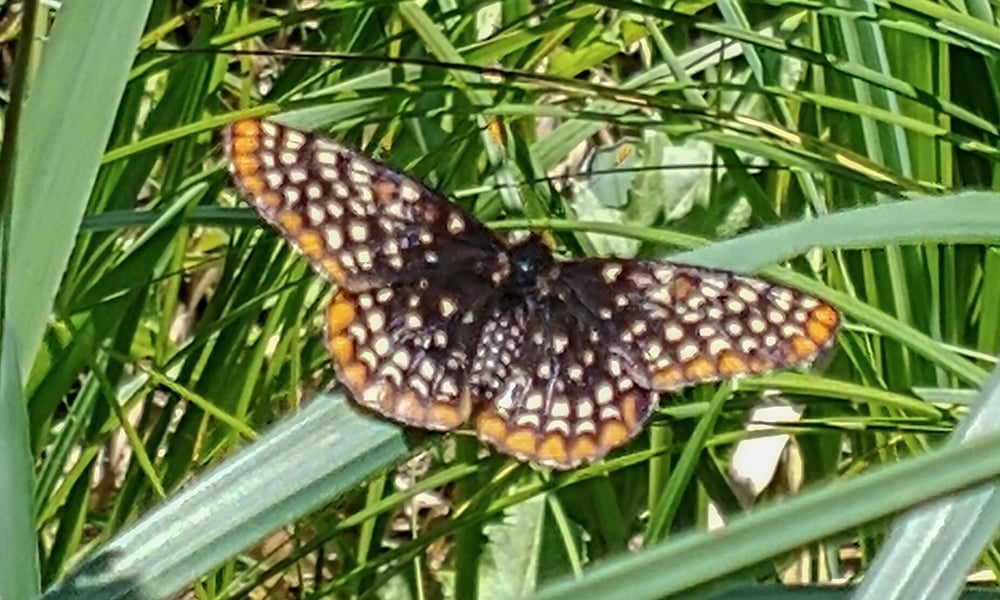
Baltimore checkerspot
At Springbrook Prairie Forest Preserve in Naperville, the District has planted another caterpillar favorite, arrow-leaved violet, to increase habitat for the striking but state-threatened regal fritillary. The butterfly has not been recorded in DuPage, but with nearby populations in Cook County, the District hopes it can increase the likelihood this rare butterfly will find a suitable home here.
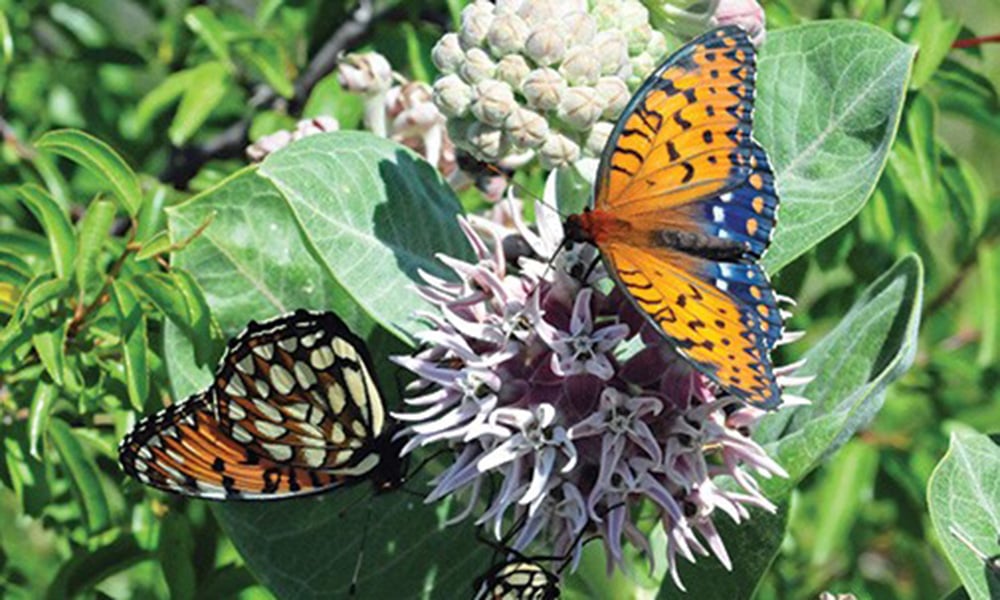
Regal fritillary © Heather Paul
District employees aren’t the only ones doing pollinator legwork. Since 2000 volunteers in the field have been collecting invaluable long-term data on butterflies and rare plants critical to their survival. Others have been in the preserves year after year collecting milkweed seeds by hand to help ensure plants the District adds to higher-quality habitats come from stock fit for DuPage conditions.
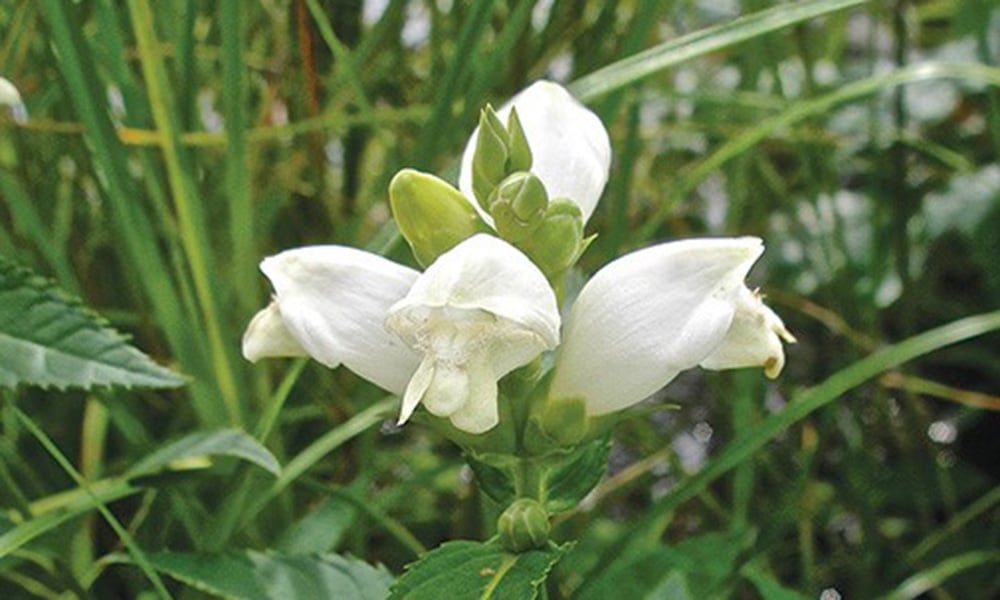
Turtlehead © Ian Bryson
Of course butterflies aren’t the only pollinators. Bees do more than their fair share, and while honeybees have sadly been in the headlines, other species are making more positive news. In 2014 the District identified a rusty-patched bumble bee in DuPage, the first known occurrence in the county. Once found across most of the eastern and central United States, this imperiled species has disappeared from over 80 percent of its former range and is currently listed as “critically endangered” by the International Union for Conservation of Nature. Its presence in DuPage speaks volumes about the health of local ecosystems — and is a good sign for every one of the county’s busy pollinators.
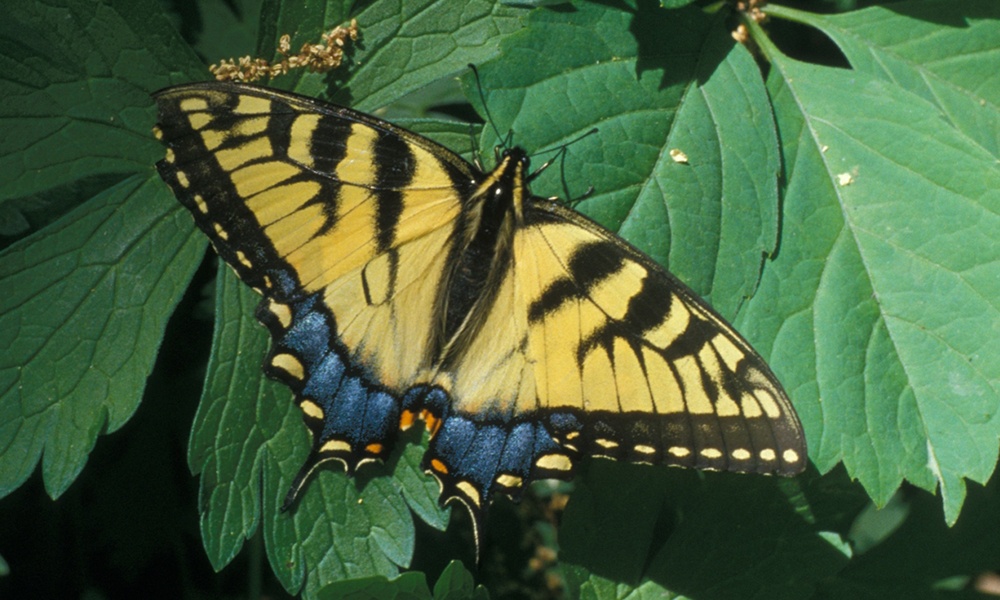
Eastern tiger swallowtail
Andres Ortega
